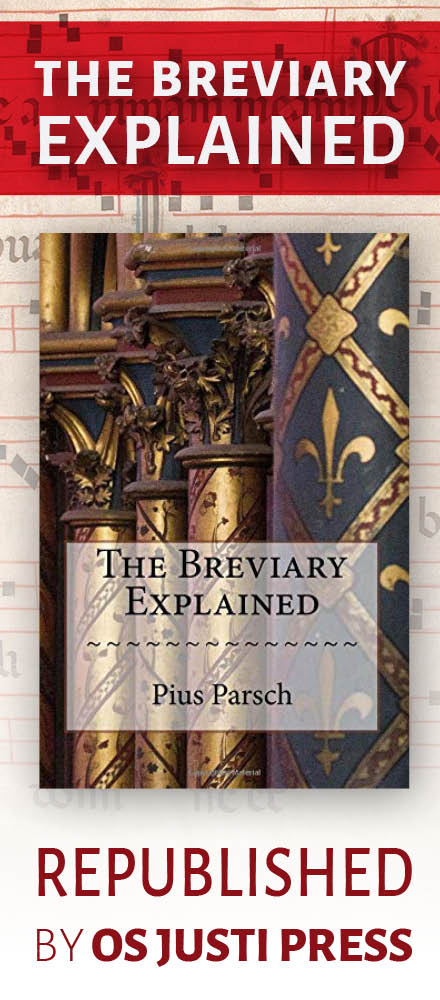I have just returned from Rome and had a chance while there to see Sancta Maria Trastevere with its beautiful cosmati pavements. I was imagining this family of Roman craftsmen in the 13th century gathering together pieces of discarded marble around the city and cutting them to shape and creating these traditional forms of the quincunx (which is four circles spinning out of one central one) and the guilloche, which is the chain of circles. Below I show photos of the floor in the church. After that I show the latest work from my students at Thomas More College. They took traditional tiled patterns from Romanesque floors and incorporated them into a design for church floor.
If you look at the work of the students below: the oblong shapes are intended as a design for the nave; and the square for the main feature in a sanctuary. I asked them to take care in the coloration. Most colored pencils that are obtainable from the store are bright, artificial colors, but this is what we had to work with. So we used a light touch of even shading and overlaid the red, for example, with grey and brown so that it had an earthy, more natural feel to it and so it would evoke the material which one would expect such a floor to be made of, colored marble. Also, I encouraged them not to color everything evenly but to indicate only in some small area within any boundary what the infill design would be through full coloration and detail and then allow the rest to fade out. For a diagram this would be sufficient to indicate what the full floor would look like. The design principle is have large shapes with patterned infill. Typically the large shapes would be orthogonal or a quincunx (four circles spinning out of a central one) or the chain of interlocking circles called a guilloche.



























